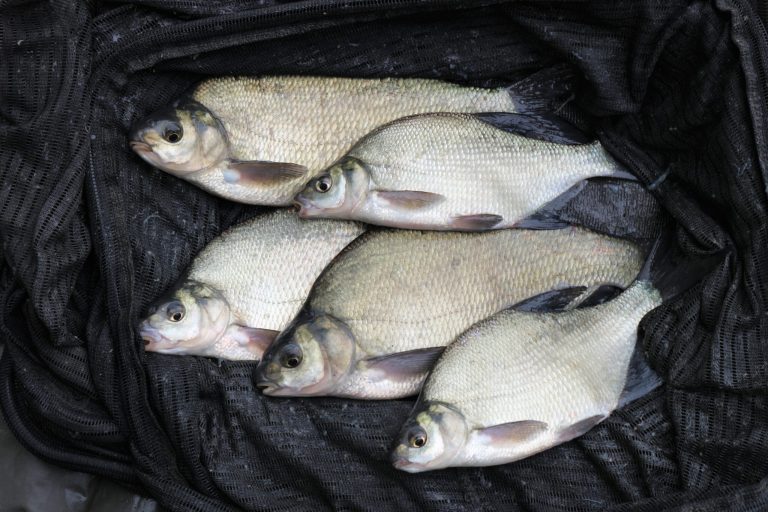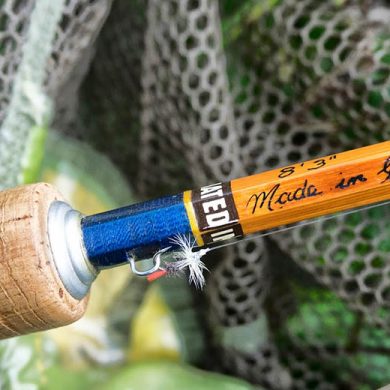GOING SHALLOW
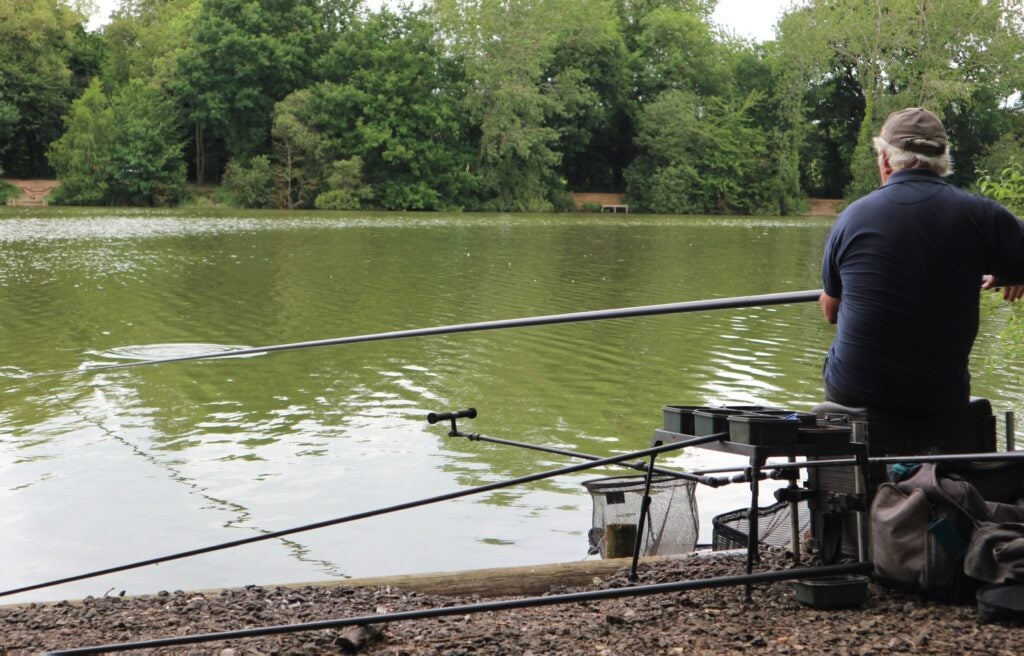
I began the month with a few sessions on the Specimen Lake at Woodland Waters, where the huge shoals of silver fish were at last waking up, much later in the year than normal. Although it was possible to get bites in this deep venue fishing on the bottom, that was slow going. I’ve discovered once a swim has been loose fed for a while, shallow pole rigs score surprisingly well. It’s just a case of finding how far down silver fish want to be when intercepting your feed, which in this case was to be slow-sinking casters. I tried mid-depth first, with a 4×12 bodied float, an old Milo model with a sensitive fibre tip and carbon stem. I fish this with spread-out number 11s, holding the tackle on a tight line as it settles, which quickly sorts out the best setting for bites. Sometimes the fish respond on the drop, while on other occasions suspended hook baits work well. Lots of fast bites resulted, but only a few were converted. It was time to shallow up even more.
SPECIAL FLOATS
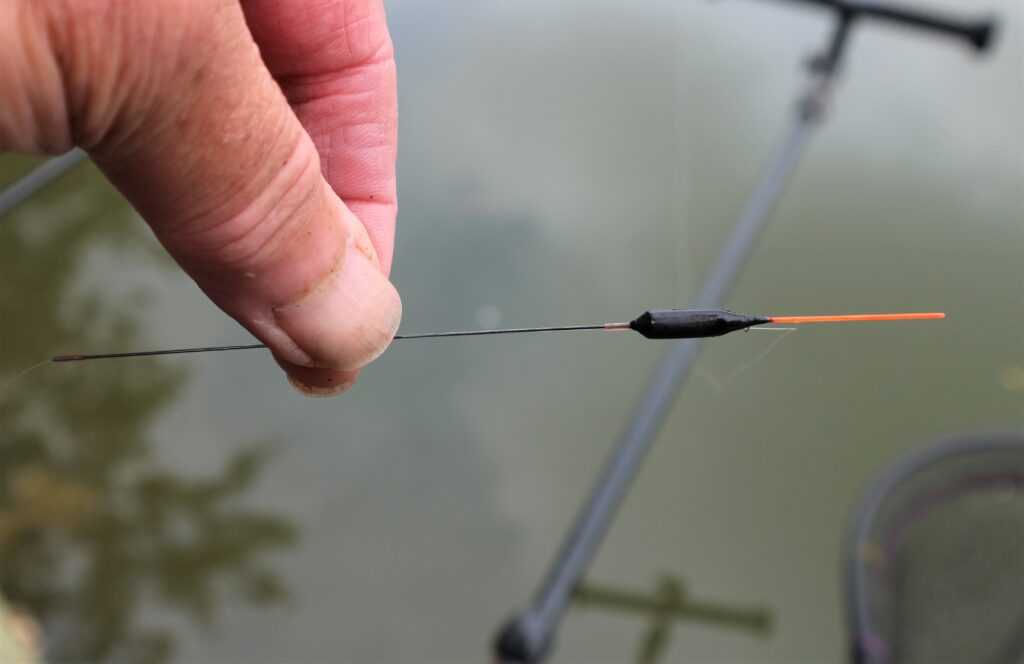
I switched to an even lighter rig, set 3ft deep with just 3 spread number 13 micro shot down the line. The floats I use for this type of fishing are ones I’ve modified, because there isn’t anything on the market that suits my needs. They are over 20 years old, having starting life as body-down designs with long wire stems and super-sensitive fibre tips. I carefully whittled the bulbous bodies down until they were like mini-pencils in shape, sanding them further until the floats self-cocked and only took a tiny amount of weight. The original wire stems bent out of shape too easily, so I later replaced them with titanium wire, which always stays straight. These floats came about when I used to fish Gloucester Park Lake in Basildon, where the big roach only showed if you fished shallow. They also worked wonders when I moved North and frequented the deep reservoirs near Hexham. They continue to perform exceptionally well now I’m in the Midlands.
FEEDING RIGHT
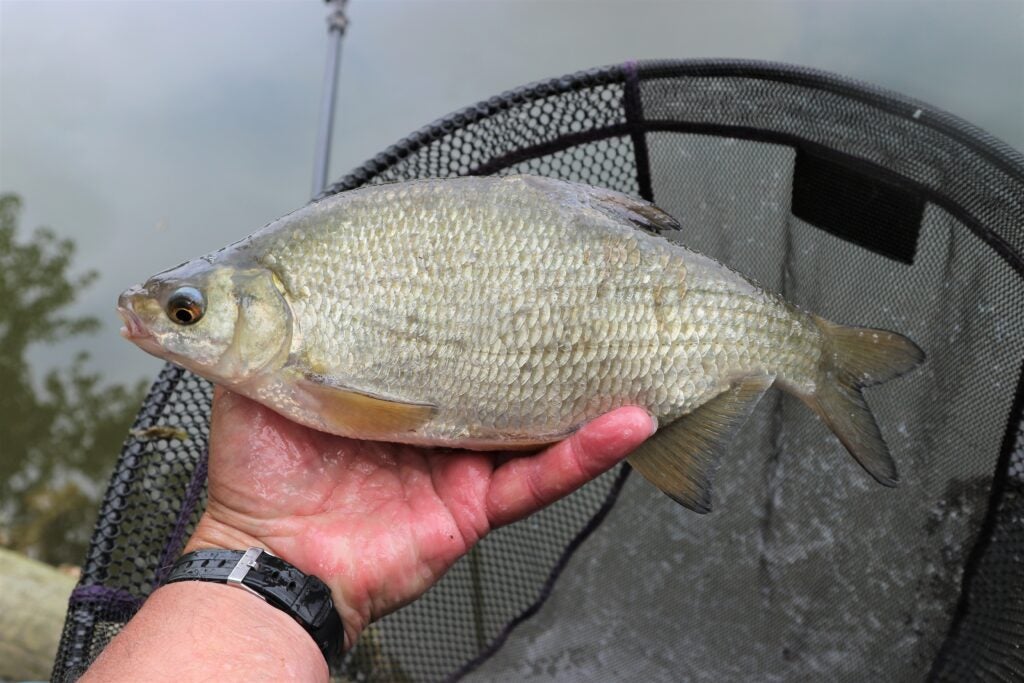
What amazes me about the fish I catch shallow, no matter how heavily pressured the venue, is how fin and scale-perfect most of them are. This hybrid is a classic example. It seems most people present their tackle on the deck and completely miss beauties like this. I also suspect big roach and hybrids, in particular, learn that it’s much safer to feed well away from the bottom. They are never easy to catch up in the water, but often provide action when nothing else is happening on conventional tactics. It’s not unusual to miss loads of bites when fishing shallow, but there are tricks that can change that. One is to have floats like mine that self-cock fast, which combine perfectly with bait fed on the little and often principle. Jan Porter also taught me a brilliant way of gaining more positive bites when we did a feature many years ago on the River Derwent at Borrowash. “Feed and then cast over it,” he kept saying, as he latched into yet another shallow cruising chub.
GOING DOWN
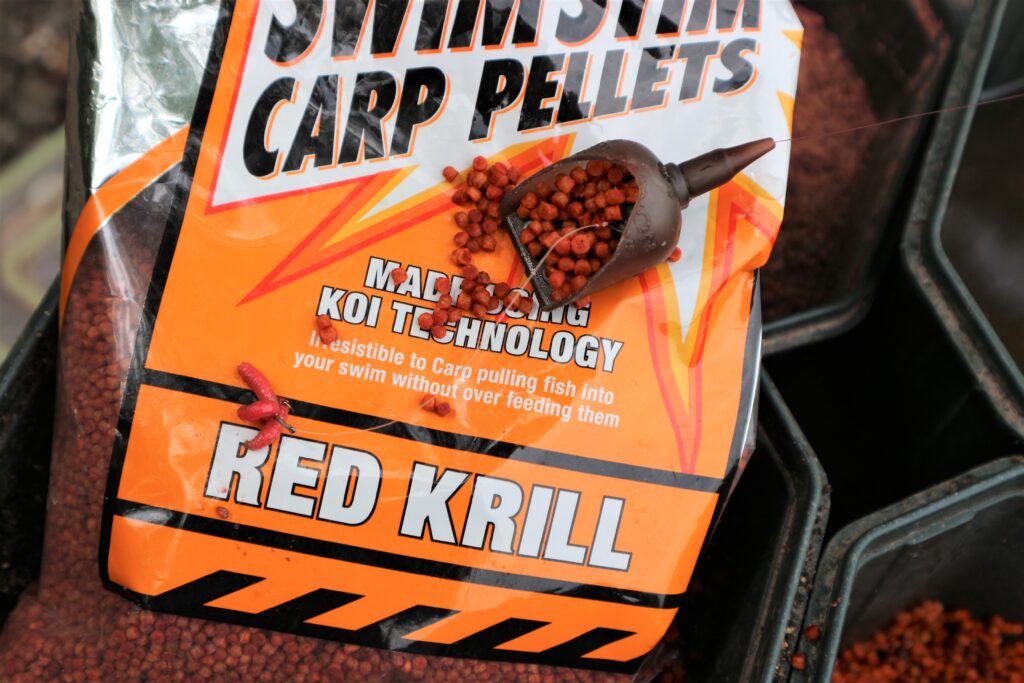
Sufix asked me to test out some new feeder mono. They are part of the massive Rapala group, who I have done a lot of work for in recent years. After testing the various gauges of line at home, I was happy with the diameter and breaking strain ratios, so I loaded up my feeder reels. Back to Woodies and I decided on the same area where I had been enjoying great catches fishing shallow. While doing that I had tried a few occasional casts with a groundbait feeder, to pass time before the pole line woke up, but nothing was interested. This time I set up a pellet design to feed krill micro pellets and fish a bunch of red maggots on the hook. Simple, but this can be surprisingly effective when the fish are backing off groundbait. I prefer a small feeder and I use live grubs, because in combination with inert pellets they stand out and pull lots more interest. I couldn’t do this if any worm was going in, because the swim would turn into a small perch nightmare.
A QUICK TEST
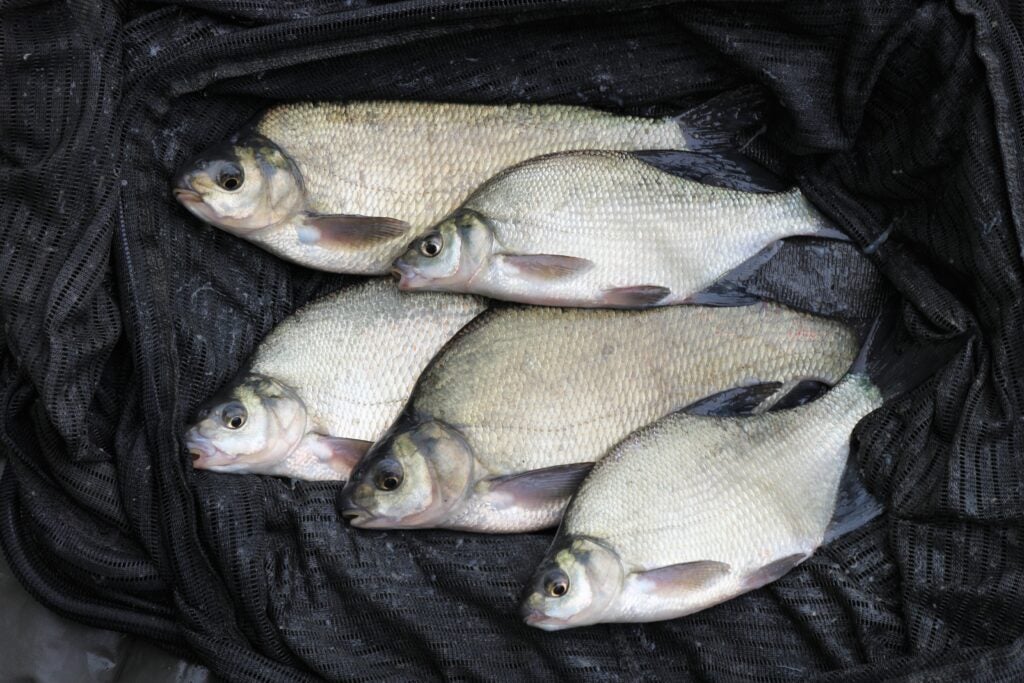
I wasn’t that hopeful of catching much on the feeder because most of the fish seemed to be camped in the upper layers in the bright, sunny conditions. It took 30 minutes of regular casting to get a response, but then my quivertip shot round and a nice skimmer resulted. I was only using a 4 inch hook length, with three red maggots tucked in with the pellets, casting a 20g feeder 40 metres. The new line was going down fast and, thanks to its minimal stretch, showed up indications okay. I also liked the fact it was a dark burgundy colour, so I could see where everything was as I played fish towards the landing net. More skimmers followed before, as expected, that part of the swim died. I tipped the skimmers back, ready to start again. I was itching to get back on my shallow pole method. But first I tried something else with the new feeder mono, casting out a waggler several times and this confirmed it still sank a lot faster than standard reel line.
LOCAL FIXTURES
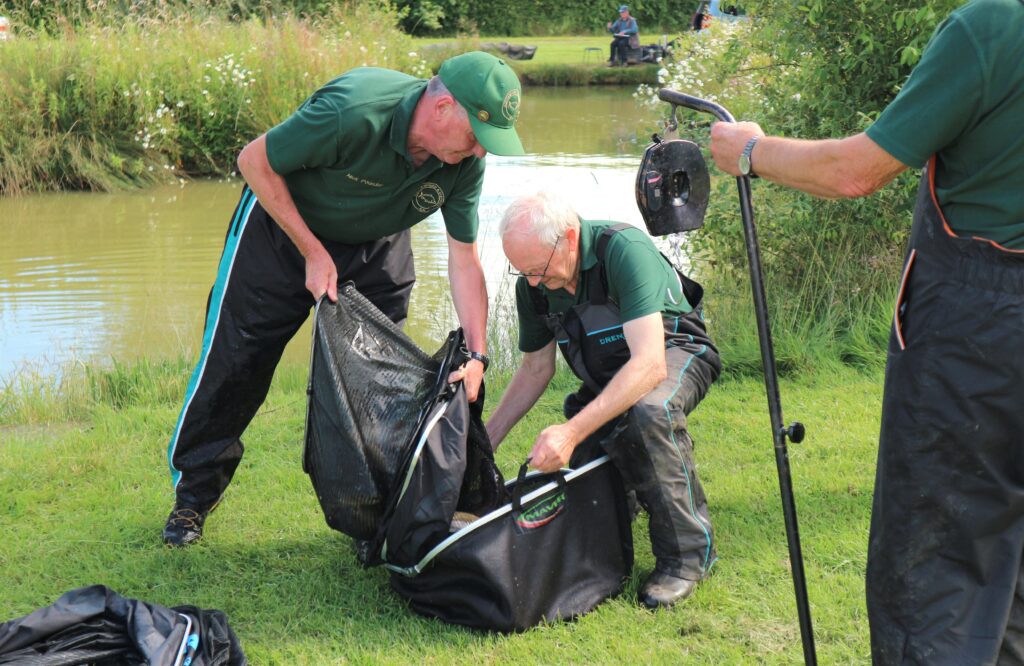
The new feeder mono passed its initial run out and would be staying on my reels for more trips. I wish I could say I had given it a good caning on the couple of club matches I fished in July. The first was Stretton, a venue I normally enjoy because, apart from numerous carp, it’s full of skimmers and roach. But it seemed I was on the wrong side of the Match Lake, which has small islands dotted down its centre. They were catching fish all day opposite, but bites were patchy where I was. Odd carp and a few silver fish. Thunderstorms were rattling by around us, and it was only the last hour when I started to catch faster, but way too late. Next match and it wasn’t so much I was on the wrong bank, but in the wrong place completely. We were at Willows, spread out over two of the match lakes at Foston. I prefer Ash because it holds lots of big skimmers, but drew Chestnut, which only provided me with stray carp – plus a few pounds of silvers.
TENCH TIME
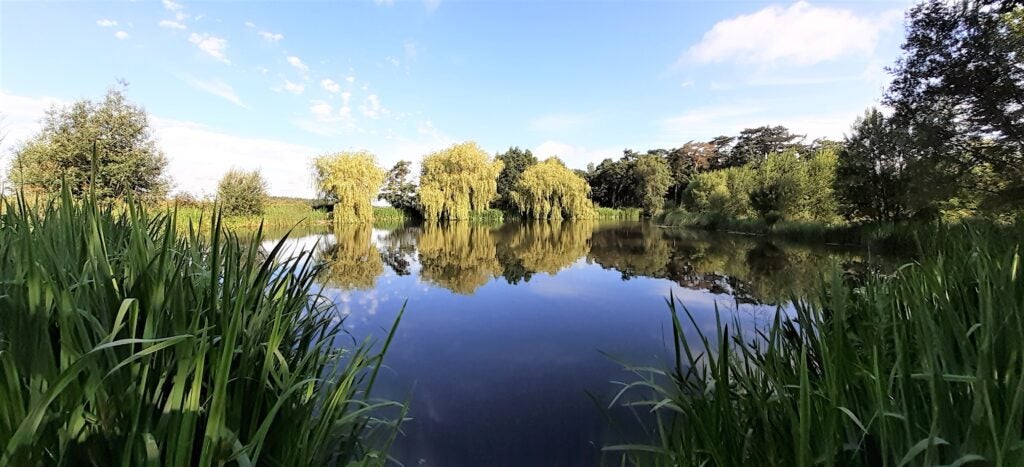
After suffering on the club events, I was keen to get on some fish again. Everybody seems to think tench are an early season species, but I always do well with them during July and August. I suspect the late spring and early summer association comes about due to the monster, spawn-laden specimens that are caught during that period. Anyway, I needed a tench fix, so I headed for a local brick pit, which is a pleasant club water. I found I had the whole place to myself, which was strange, making me wonder if it was going to be hard graft. The water was deep close in, so I set up to fish left and right down the nearside ledge. I had a new margin pole to try, which my mate James Robbins of Cadence had sent me, explaining it matched up with my longer 14.5m CP2000. I thought this was a nice feature because I wouldn’t have to invest in any extra top kits. All sections on my longer pole also interchanged with the new 9m CP800 one.
FINDING THE SPOT
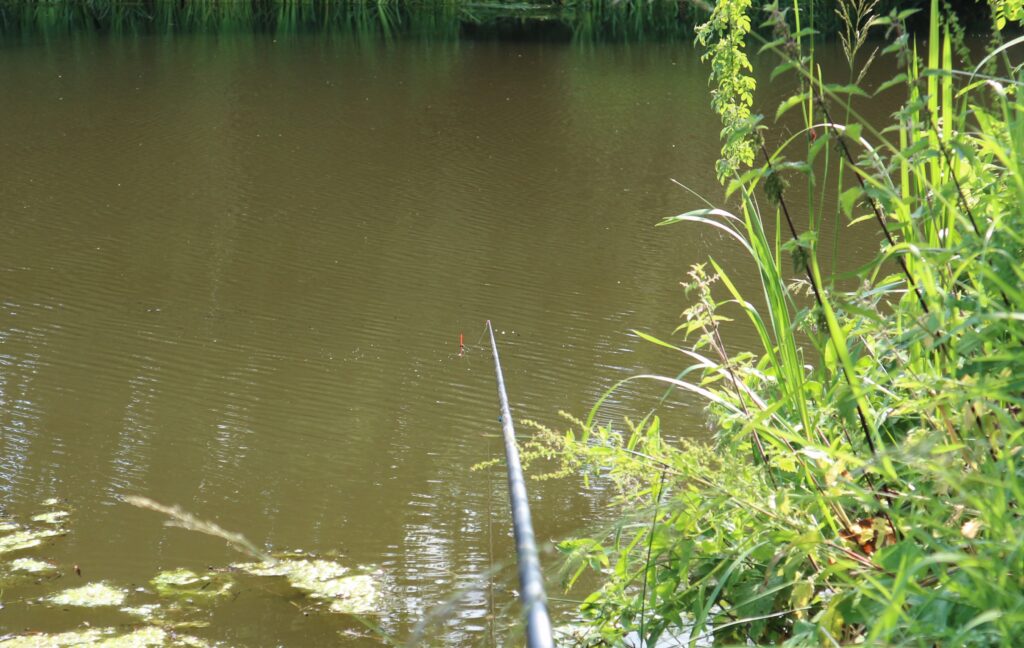
I’ve mentioned before, most times when I feed left and right, one area completely outperforms the other. After cupping in krill groundbait and micro pellets, both spots started fizzing bubbles after 30 minutes, but for some reason bites were tentative over to the left, while the float kept whizzing away to the right. Only small tench to begin with, but there were much bigger clouds of bubbles here, along with some black bottom debris floating up from the depths. It was obvious larger fish rooting about, so I cupped in more feed and this part of the swim quickly resembled a jacuzzi. Lots more small tench followed, ranging from 6oz up to around the pound mark. This was great to see because it was good news for the future. There were plenty of small rudd and perch around too, so I was having to dump my tackle in to get through them. Trying maggots, casters or worms was a waste of time. The only way down was with a 6mm pellet.
WARMING IT UP
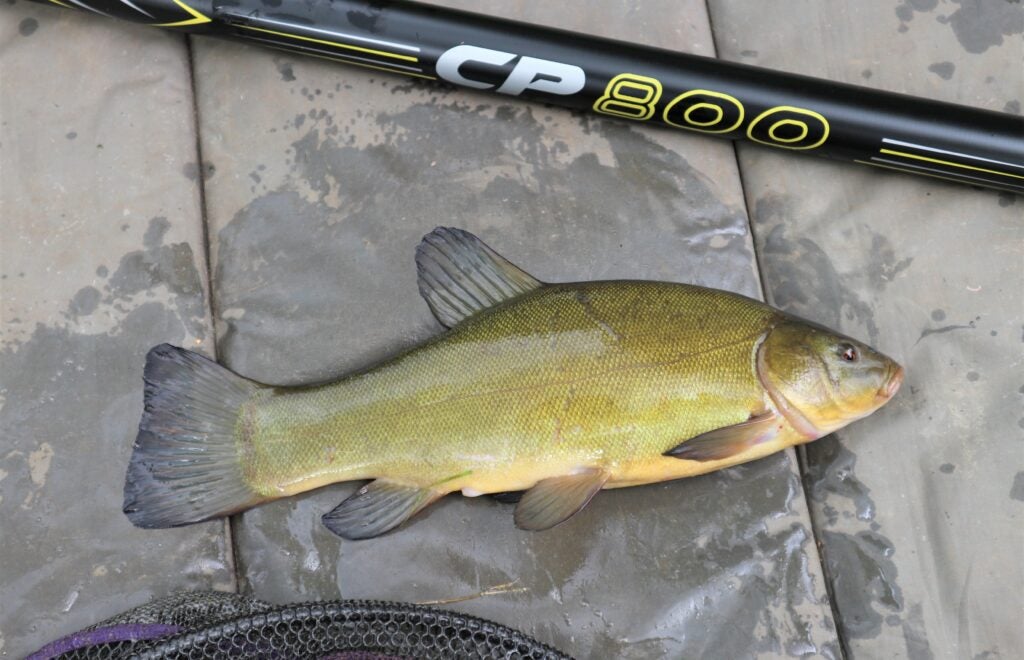
A pattern was emerging where small tench became more active every time I fed anything, while larger fish muscled in when most of the free grub had been hoovered up. I also found by fishing around the far edges of the feed area, I could get my hook bait down long enough for something better to find it. The main problem on this weedy lake is the stuff you can’t see down on the bottom. There were beds of horrible black stringy stuff, which a couple of times better fish belted through, dislodging the hook hold. I stepped up from 0.14mm to 0.16mm trace line and switched to more powerful black Hydrolastic. I had been on a solid hybrid shock absorber, but found it was way too stretchy. I lost control of a proper lump, which nearly took my tackle over to the other side, shedding the hook on an unseen snag. This perfect looking tench was nowhere as big as the one I had lost previously, but at least there were signs of its bigger mates.
TIME TO THINK
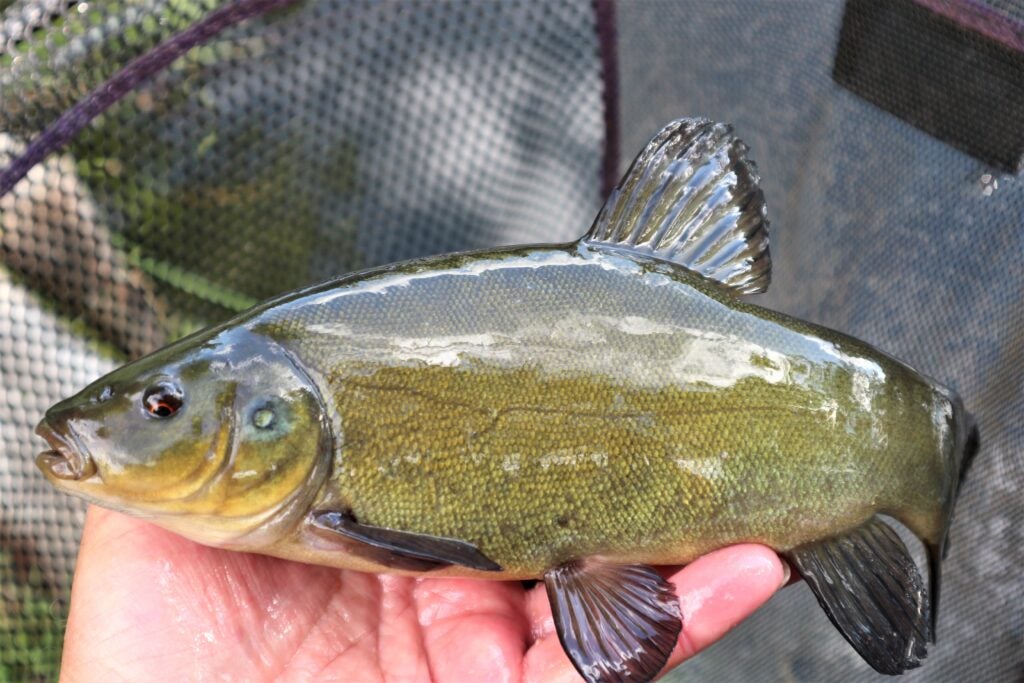
If I stopped feeding the bubbles dried up, so I had to keep wading through small tench every time I topped up the swim, to get at the bigger samples. I didn’t mind because all these fish are special. I normally target much bigger ones on my local reservoir, where they run to specimen size. But I have been staying away the past year because during and after lockdown, lots of youngsters have been partying on the banks of that venue. They leave huge piles of rubbish, play loud music, and generally cause major grief. The peace and quiet of this beautiful spot was more my scene, especially as my float kept going under. My early taste for tench fishing began on the gravel pits around the West Drayton area, next to the Slough Arm and Grand Union. The Met Police ran the venue back then and let me do a few features on it for Angler’s Mail. My favourite tench groundbait those days was red Van Den Eynde Expo. I still like using red but prefer Krill now.
CHANGING GEAR
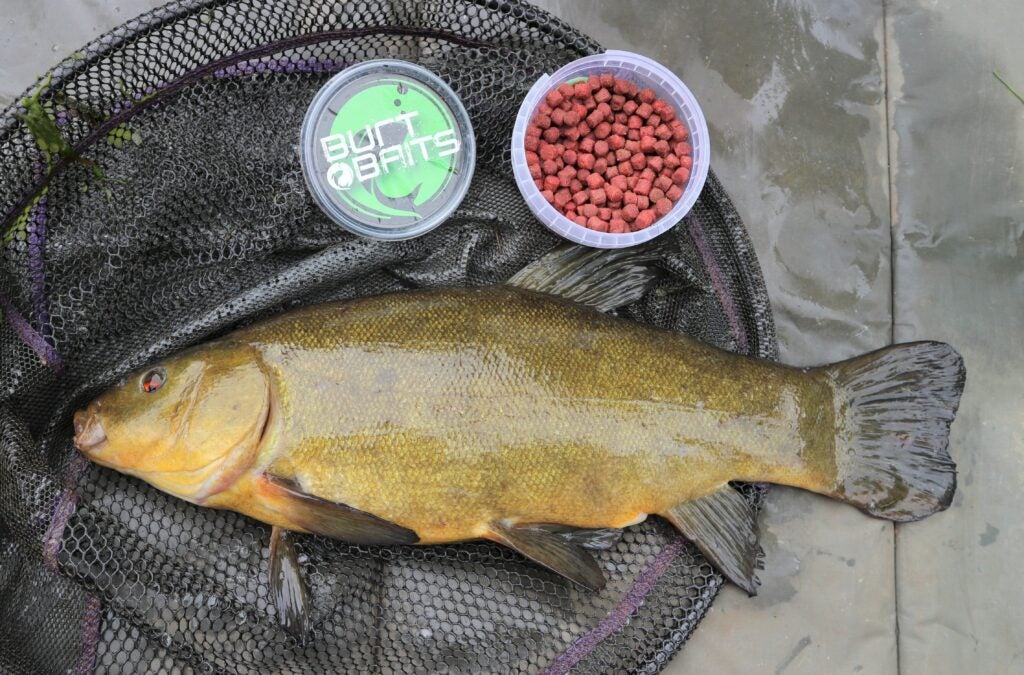
The pole I used for tench all those years ago at West Drayton was an Olympic, which came from East Anglian Rod Company. I’ve worked my way through several models since then. A couple of Mavers, followed by a top end Daiwa. I then got a job in tackle development and used prototype poles from the Far East until a few years ago. They never went into production because the company I was working for was nervous about branching out into another category. The factories I helped in making these products remain good friends, so I’m sure somebody benefitted! I loved one long pole in particular, but in the end it was so battle-scarred, almost held together by tape. This prompted my family to surprise me with a Cadence pole for my birthday, which I have loved using ever since. Now I had installed one of its power top kits on an even stronger margin version, which was needed because I was latching into some power-packed fish by this stage.
A WEIRD SWIM
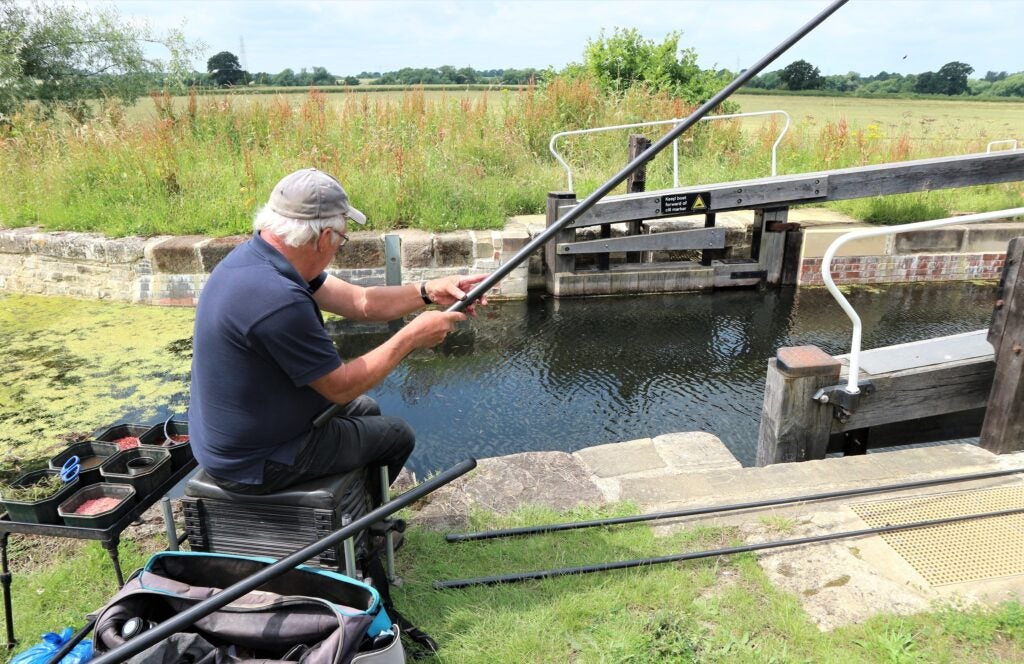
I ended the brick pit session with around 50 tench, plus a few rudd and perch – species I was doing my best to avoid. I’ve never had that venue all to myself before and probably never will again. Very odd that it was empty of other anglers and yet fishing so well. Later in the month I went to see what was happening on the Grantham Canal, discovering the normal summer weed problem had once again got out of hand. The match stretch at Woolsthorpe and many miles back towards town were covered in thick duck weed, bound together by horrible green foamy stuff. The only clear spot I could find was by one of the new locks. The water inside the lock was weed-free and it took me a good 30 minutes to clear the area just outside the imposing gates. This was going to turn into an interesting day, but you will have to wait until next week to find out how I got attached to something this big, strangely fishing with a top 4 rig in just a 3ft deep canal!

